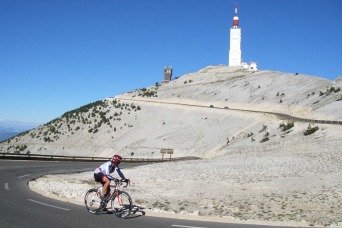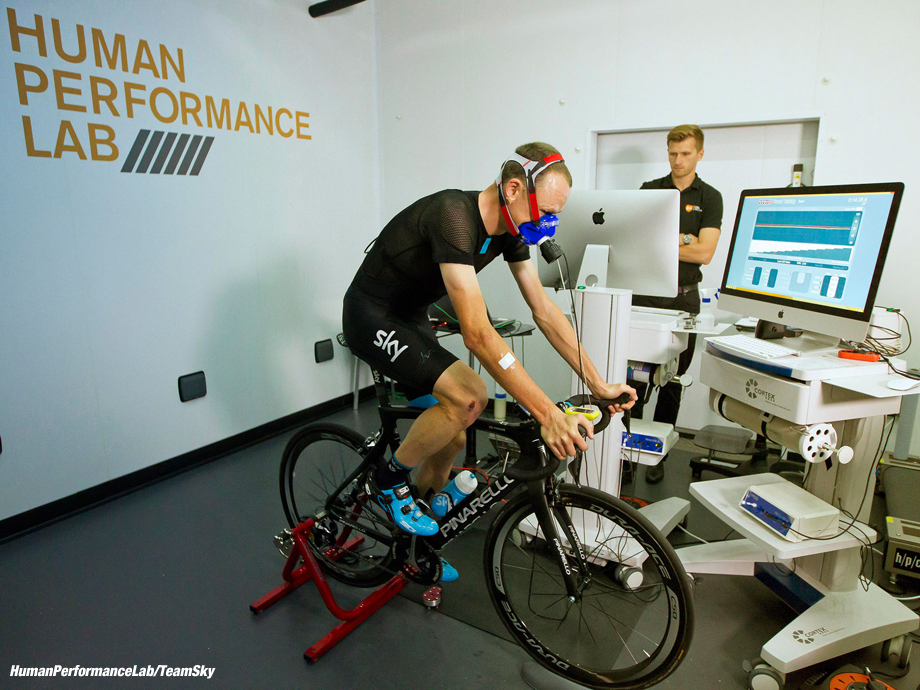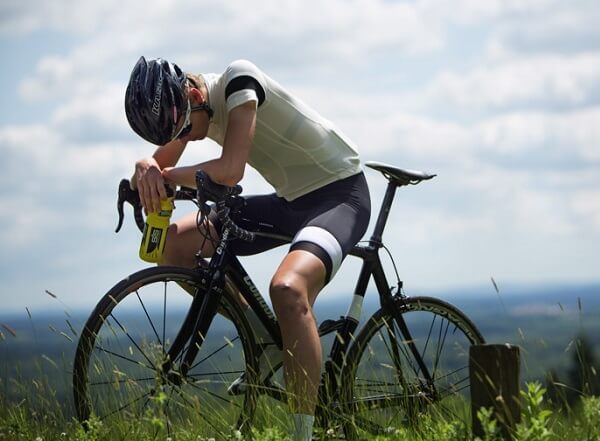Analyzing cycling scenarios
Let’s first put analyzing scenarios into context. We use Physical Cycling to do two things. The first is to understand cycling dynamics we we can improve our riding techniques. The second is to analyze particular cycling scenarios to understand what it would take or how well we might do. The menu items Cycling Modeling and Scenario Modeling are where these topics are covered.
What data do we need?
Ascent scenario modeling requires just five pieces of data:
- Ascent – Elevation Gain and Cycling Distance
- Cyclist – Weight and power output levels
- Cycle – Weight
Ascent Modeling

Ascent modeling computes the effort to make a climb, independent of the time it takes. Just two numbers would seem too few, but we catch a break because of the nature of gravity and rolling resistance. Aerodynamic drag is usually ignored because ascent speeds are low, and serpentine routes tend to alternate head and tail winds.
The total effort is computed by adding the following two simple calculations:
WorkAgainstGravity = Cycle-Cyclist Weight * Elevation Gain
WorkAgainstResistance = Cycle-Cyclist Weight * Resistance Coefficent * Cycling Distance
This single number provides a complete description of the climb.
Cyclist Modeling

Our focus now shifts to the cyclist and their ability to generate sustained pedaling. Cyclists can therefore be modeled by knowing their power outputs over varying time intervals. These numbers define you and your current fitness level as a cyclist.
They are so important, that Elite cyclists measure them in labs and also using power meters attached to their cycles. While these meters routinely cost several hundreds of dollars, I will show you how you can infer your own numbers from the speed at which you make your local climbs.
Alternatively, you can use the Coggin’s Tables which have used lab measurements to estimate a range of power capabilities for a wide range of cycling levels for both men and woman.
Evaluating Ascent Scenarios
We have a single number defining the work needed to make a climb. but we have not discussed how long it might take. This is where a cyclist’s power levels are critical. If you want to ascend Alpe d’Huze in 37 minutes flat, you will need Elite level power outputs. For the rest of us, we need to lower our objectives until the climbing time corresponds to a power level we can realistically sustain. The practical reality for all cyclists, is their are limits to how long you can sustain high power outputs.

This is where a cyclist’s power output becomes the key to evaluate what it would take to complete an ascent in a given amount of time. If we know what level of power a cyclist can sustain and we know the total work needed to make the climb, we just divide one by the other and we get the length of time that cyclist would need.
We could also take an approach that looks to provide a range of cyclists power levels over a range of time, such as 37 to 120 minutes. This defers the question as to a particular cyclist and instead provides guidelines for a cyclist to know what power level they would need to train to to meet a specific climbing time.
Next Steps
This blog has provided an an overview of how to use scenario modeling to gain practical riding insights. If this is something you would like to learn, you should be encouraged by the simplicity of the process.
The Scenario Modeling section is your key to becoming proficient in this. The computations are explained and illustrated using several classic riding scenarios. Once you understand this, you will see a way to translate your timed rides into estimates of your own power levels.
